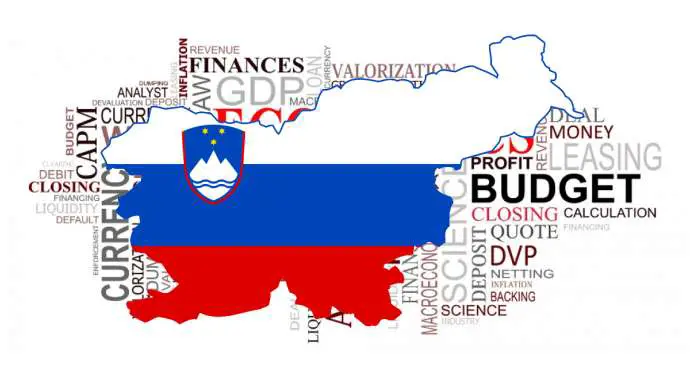STA, 31 May 2019 - Slovenia's economy continues strong with the latest data showing that the GDP expanded at an annual rate of 3.2% in real terms in the first quarter of the year and by as much as 3.7% when adjusted for season and working days.
Although growth in real terms slowed down from the 4.1% recorded in the previous quarter, seasonally adjusted rate of growth ran slightly above the 3.6% recorded in the final quarter of 2018.
Seasonally adjusted quarter-on-quarter growth was 0.8%, data from the Statistics Office (SURS) show.
Contrary to expectations by analysts, the slowdown was not provoked by external demand as the growth of exports gathered pace compared to the previous two quarters, but rather by a slowdown in domestic expenditure.
Domestic expenditure grew by 1.8% year-on-year in the first quarter, the lowest rate of growth in at least three years, with the biggest impact coming from a 1.3% decline in gross capital formation, SURS official Romana Korenič told reporters in Ljubljana on Friday.
Changes in inventories had a markedly negative impact on GDP growth, as much as 2.1 percentage points.
Gross fixed capital formation increased by 9.3%, which is on a par with the previous quarters. Construction investment expanded by as much as 18.1% but investment in machinery and equipment slowed down to 4%.
Businesses reduced inventories by 2.1%, the reason for which is not clear yet. Korenič said a potential reason could be a drop in orders, although business sentiment data or export growth do not suggest that.
Domestic expenditure was thus fuelled only by final consumption expenditure, which grew by 2.9%, a somewhat higher rate than in the previous three quarters.
Driven mainly by an increase in public sector pay at the beginning of the year, government final consumption rose by 3.6%, whereas household consumption increased by 2.6%, however Korenič said that the latter contributed more to the final consumption growth than government spending.
The statisticians noted a slowdown in household expenditure for durable goods, in particular cars. However, daily purchases of goods such as food, beverages, fuel and some types of services increased.
After a somewhat lower growth of exports in the third and fourth quarters of last year (5.4% and 6.8%), exports expanded by 7.6% year-on-year in the first quarter.
Imports increased at a slower pace (6.4%), which resulted in high external trade surplus. This time it contributed 1.6 percentage points to GDP growth.
Employment keeps increasing but with signs of a moderation. The number of people in work in the first quarter rose by 2.6% year-on-year to 1,026,547.
Half of the new jobs were created in manufacturing and construction, with livelier hiring also observed in transport, trade, and professional, scientific and technical activities.
Running at 3.2%, growth in real terms was the slowest since the final quarter of 2016 when it ran at 3%.






